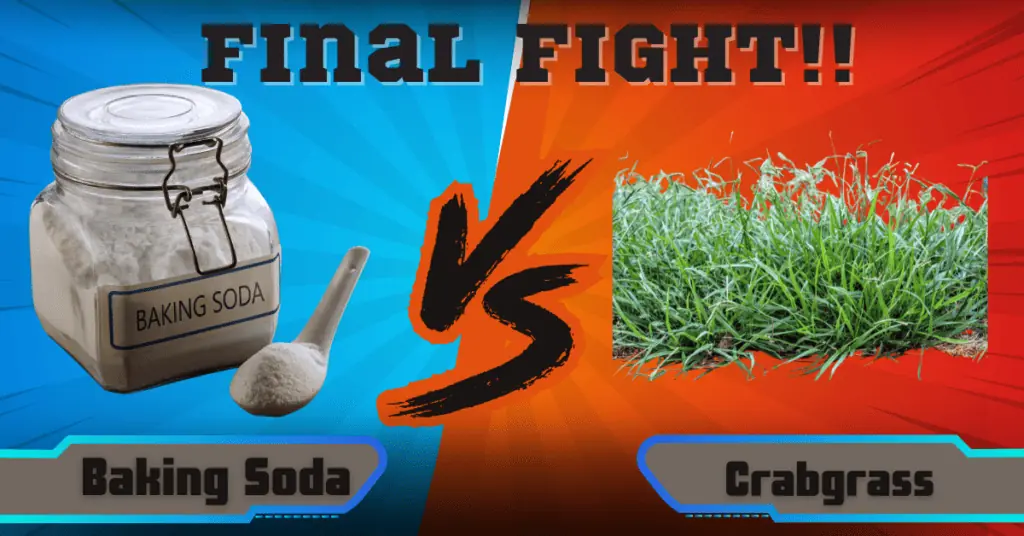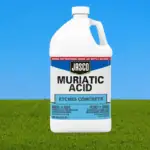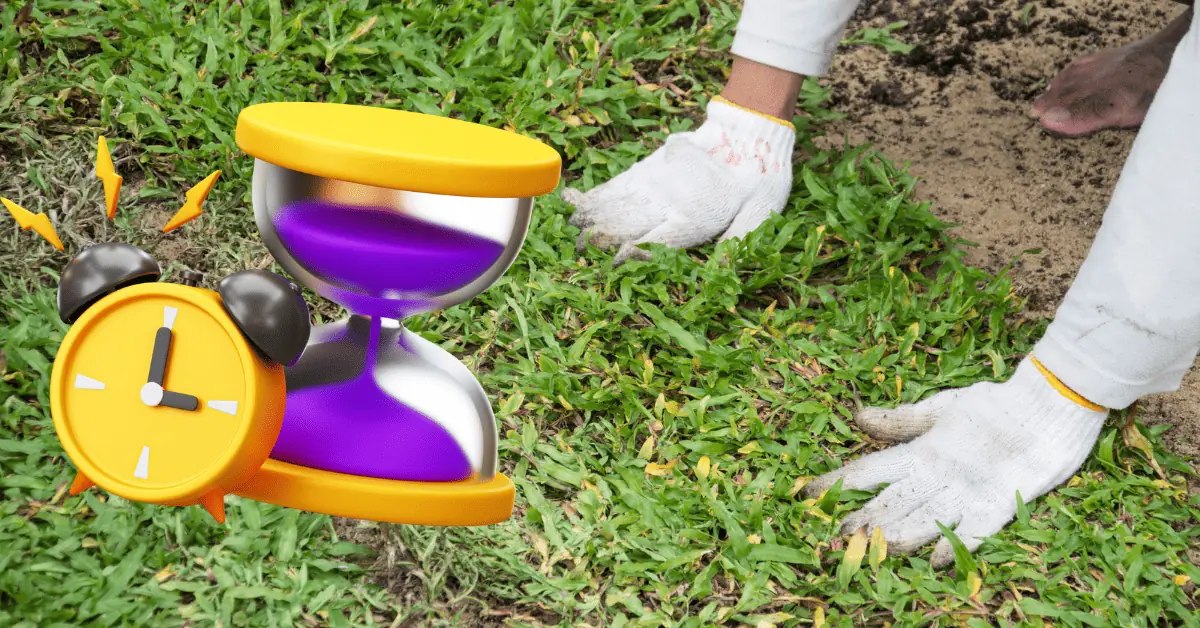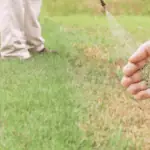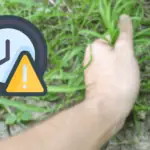Killing Crabgrass with Baking Soda: How It Works and Precautions
It’s growing season, and you’ve been working on your lawn and other plants in the yard. Then you spot several weeds that turn out to be crabgrass on closer inspection. Crabgrass is a species that grows rapidly and demands so much attention and skill.
Weeds cause many concerns for homeowners and gardeners, so, understandably, some go the extra mile to eliminate them. Regular weeding is one such option, and chemicals are another. However, something as unconventional as baking soda could come in handy with a species like crabgrass.
Will baking soda kill crabgrass? Keep reading to learn more about this strange solution to weeds, how it works, and the precautions you must observe.
Can you Kill Crabgrass with Baking Soda?
Yes, baking soda can kill crabgrass. The reason for this is the phytotoxic properties contained in the soda, which slows the germination of seeds and plant growth. When applied, baking soda damages leave, leading to a quick loss of moisture for the plant.
When you’re sure baking soda kills crabgrass, the next thing you’d want to know is whether it does so permanently. Baking soda dries and kills crabgrass permanently by targeting the grass’s central root while drying it up. But you should apply the soda early since mature crabgrass is harder to eliminate.
In addition, a single application works, but if you want crabgrass gone permanently from your yard, experts advocate for multiple applications.
Depending on the situation, it is an efficient weed killer with many other uses in gardens and yards. Be careful so that it doesn’t go on other plants, though.
How to Kill Crabgrass Using Baking Soda
Crabgrass often proves challenging to eliminate, but baking soda removes moisture from the leaves, stems, and roots. This damages the tissues in the grass, eventually killing it. Use the following steps below to kill crabgrass with baking soda.
1. Wet the Crabgrass
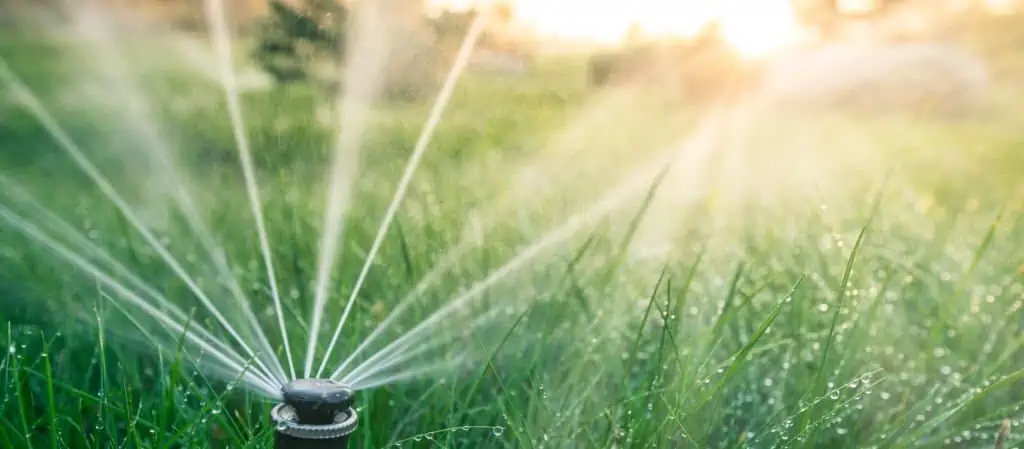
Go over the crabgrass-infested area with a sprinkler or garden hose. Wet the grass with water adequately since the baking soda will stick quickly to the plant’s surface.
But if you apply baking soda in the morning, you might not need to wet the crabgrass. Most times, plants get moisture from the morning dew.
2. Use Protective Covering on Surrounding Plants
Baking soda is a non-elective crabgrass killer, immediately making it toxic to nearby plants. That’s why it’s best to cover the surrounding plants with cardboard or other protective material before applying the chemicals.
3. Apply the Baking Soda
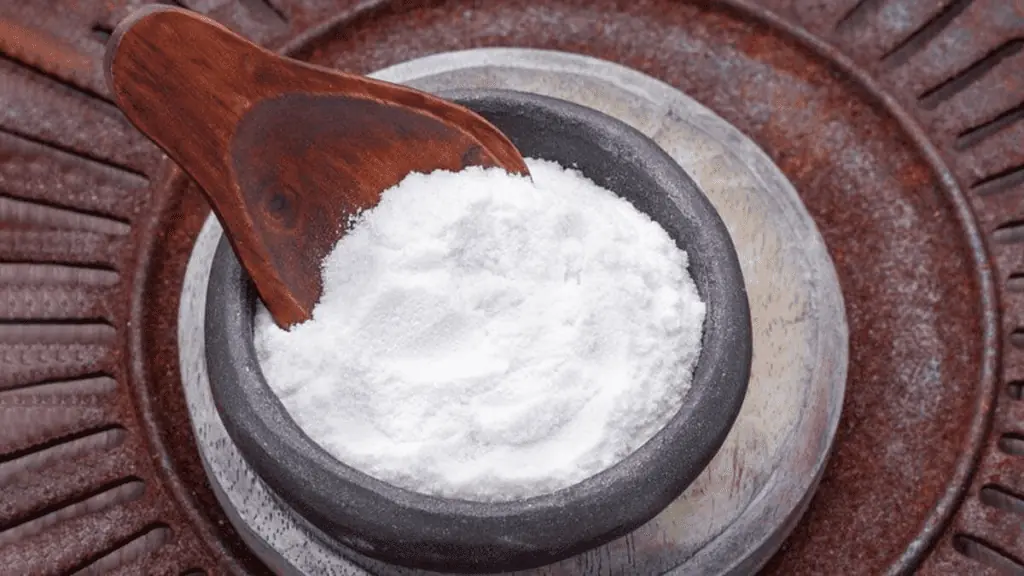
Your grass is wet enough, and you’ve covered other plants, so it’s time to apply the baking soda. Sprinkle a healthy dose of the soda on the affected parts. The level of crabgrass infestation often determines how much backing soda you should apply.
4. Leave Baking Soda for some Hours
After applying baking soda, please leave it to sit for some hours. Let the plant fully absorb the chemicals. Observe the leaves turning white and beginning to wilt within a couple of hours.
The leaves will continue in that pattern, appearing discolored with black or brown colors. At this point, the crabgrass is likely to stop growing.
5. Remove the Dead Crabgrass
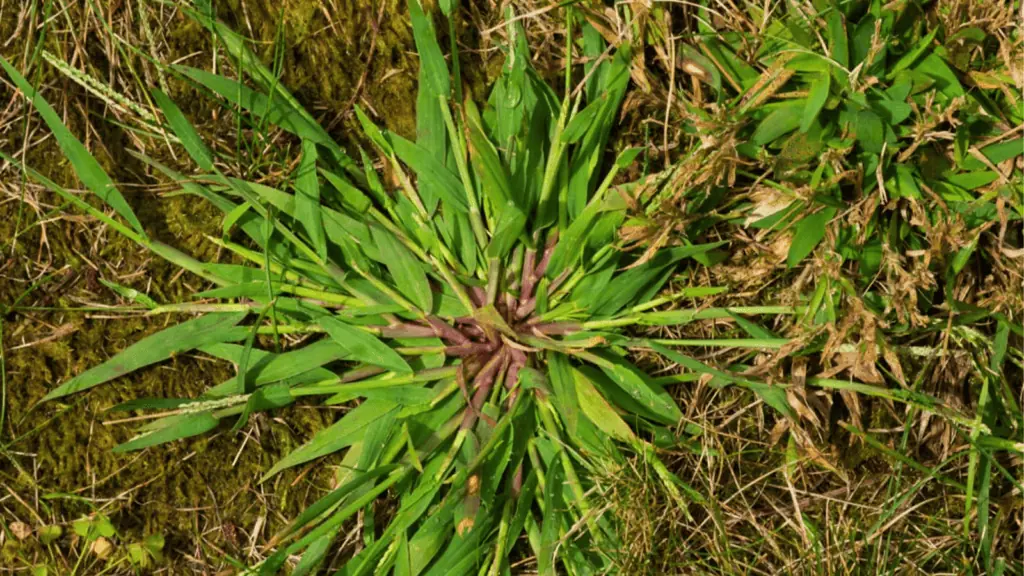
The crabgrass is dead by now. Remove it completely from your lawn by pulling it out with your hands, garden shovel, or weed remover. If you fail to remove crabgrass correctly, it can sprout again after some time.
6. Reseed Patched Areas
After removing the dead crabgrass from the lawn, it’s normal to have bare spots around. These spots encourage weed growth, so filling them up as soon as possible is best.
7. Mow the New Grass
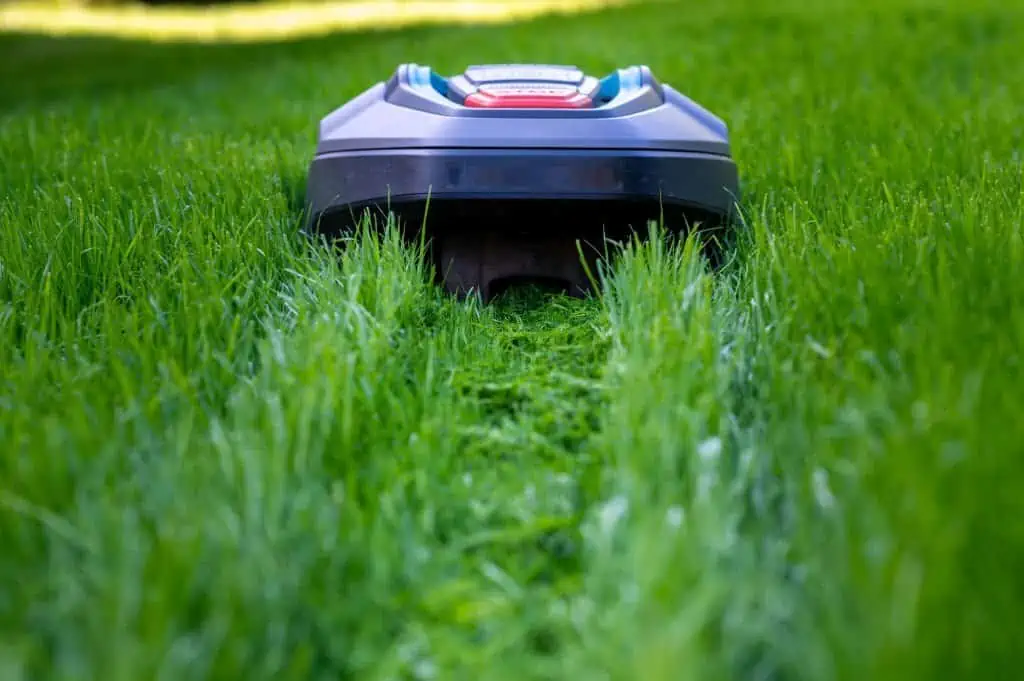
After reseeding the patched areas, let the grass grow slightly above the lawn before mowing. You’ll know that the lawn is ready for trimming when the color of the parched areas blends with the existing lawn. Some experts recommend mowing your lawn seven weeks after reseeding the parched areas.
How long it takes and Side Effects
How you apply baking soda often plays a massive role in its effectiveness. If you do it correctly, the chemicals should dry the plant tissue within 48 hours or two days.
Immediately you apply it, the plant starts drying, there’s a color change, and the grass eventually dies.
Baking soda is a non-selective herbicide. In line with that, it can kill other plants that come close to its object of elimination. Whether you’ve used a small or large dose, the post-emergent herbicide adversely affects your lawn.
Further, excess application of baking soda can destroy the soil layer or composition. The absorption rate of grass can be seriously affected, making it difficult for your lawn to absorb nutrients, water, and minerals.
Can You Use Baking Soda as a Fungicide?
Few things are as frustrating as finding powdery mildew and other diseases and fungi on your grass or plants. If you’re a gardener and hope to sell some products, you will not get the required value of the crops, thanks to fungal diseases.
Thankfully, you can use baking soda as a fungicide. With its qualities, baking soda disrupts ion balance in fungal cells. Further, baking soda combined with dishwashing soap and water reduces the fungal effects on crops, especially ornamental plants. Also, it can prevent the blooming of fungal spores.
Consider applying a more robust solution if your grass is experiencing long-term fungal problems. Add equal parts of baking soda, vegetable oil, and dishwashing soap to a gallon of water. This mix will create a much more toxic fungicide for problematic weeds. Apply the solution once a week.
Do not use the solution on plants when the sun is hot. This will burn the plant.
Combining Baking Soda with Other Materials
You can combine baking soda with some other materials to kill crabgrass faster.
Baking Soda Mixed with Cinnamon
On its own, cinnamon already had herbicidal properties both in its liquid and powdered form. It’s also easy to get. So, when combined with baking soda, you get an even more potent crabgrass killer.
Be careful how you apply this mixture because it can kill most weeds. When it comes to contact with other plants, you can do nothing. After mixing the baking soda and cinnamon, the results are almost instant within a few hours. The grass will completely die off in the next couple of days.
● Baking Soda Mixed with Vinegar
Baking Soda Mixed with Vinegar
Vinegar also works wonders on weeds, so mixing it with baking soda is an excellent way to kill crabgrass. Vinegar contains acetic acid, which is known to kill weeds. When you mix them, put the mixture in a spray bottle and treat the affected lawn areas. You can repeat for more potency.
Like all crabgrass killers, be careful not to spray this dangerous mixture on surrounding plants, as it will kill off the grass immediately.
Baking Soda Mixed with Salt
Table salt and baking soda is another potent mixture you can use on your crabgrass. However, this mixture can also damage the surrounding plants and soil if excessively used.
Mix the baking soda, salt, and water before spraying the solution on the crabgrass and weeds. Be careful not to spray on lush areas of your lawn.
Using Baking Soda on Your Lawn: Precautions
Baking soda effectively kills crabgrass, but other areas could get affected by the crabgrass in your lawn. That’s why you must follow these precautions:
- Ensure you cover surrounding plants when applying baking soda and other mixtures on crabgrass.
- Ensure you perform a patch test on weeds before applying a herbicide. Do that by using the mixture to some leaves and leaving it to sit for 24 hours. If the affected area burns, dilute it and perform another patch test. If that doesn’t work, consider repeating the process to get the right concentration.
- Avoid applying baking soda on soil with high salt content.
- If you apply excess soda solution, rinse off patches with adequate water immediately.
- Wear a protective mask and gloves when handling baking soda and vinegar. Both have a strong, unpleasant odor.
- Do not use baking soda excessively or consistently. That’s because the solution can build up over time and cause damage to beneficial plants.
Conclusion
Killing crabgrass with baking soda is one of the best and most cost-effective ways to deal with weed infestation. Crabgrass is strong and messes up your lawn, especially if they’re many. Using baking soda kills crabgrass permanently as well.
Reseed the areas you remove the dead crabgrass from to have a uniform lawn. Also, observe some precautions while applying baking soda and other mixtures on your lawn. Protect yourself from a strong smell and your grass from the potency.
Now that you know this, always wear a protective mask while applying the solution. Also, excessive application of baking soda can harm your lawn in the long run.
